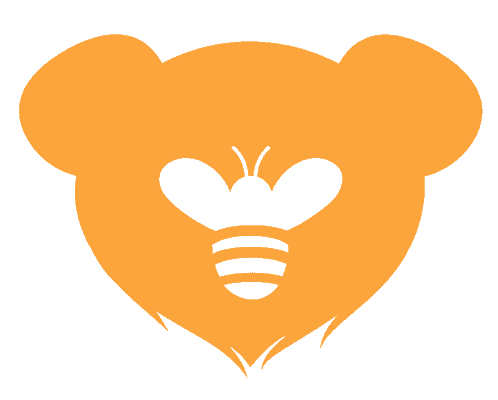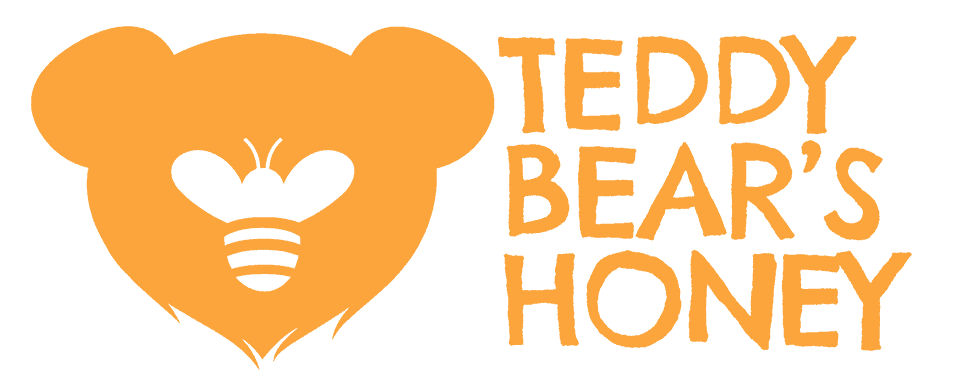“Minding your own beeswax” may be a statement you say to someone who irritates you, but the object of the affirmation is anything but irritating. A by-product of the honey-making process, beeswax is an all-natural product that has many benefits and is safe to use topically – not just for humans but for our favorite furry friends.
Beeswax is non-toxic when consumed, but the majority of benefits for dogs lie in using beeswax for skin conditions, as a moisturizing salve, or antibacterial treatment for minor wounds and burns. It is safe to use beeswax products to groom and treat chapped, dry skin on paws or nose.
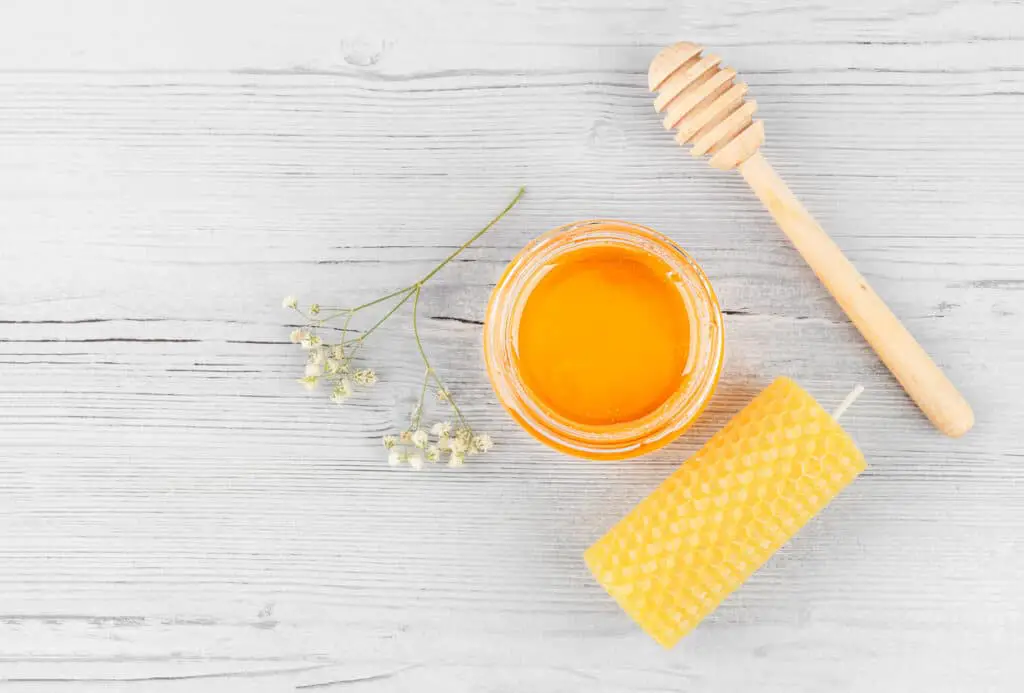
Whether beeswax forms part of a product, you want to use, or as a standalone item, beeswax can safely be used on humans and pets alike, although there are some precautions you may want to take first. Here’s everything you may want to know about whether beeswax is safe for dogs.
Is Beeswax Safe For Dogs?
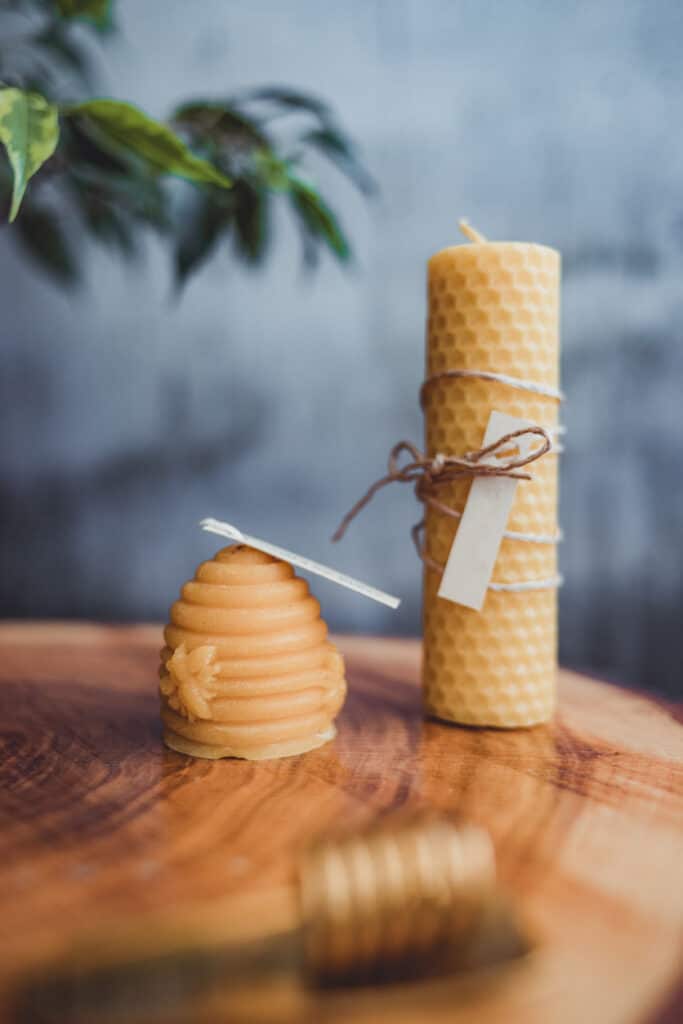
With the whole world focused on organic and all-natural products for humans, products such as honey, propolis, and beeswax have made their way into almost every aspect of food, cosmetics, health, and beauty products. There are numerous advantages to using such products, and beeswax in particular.
But you may be wondering whether the same benefits apply to your family pet. And, what is beeswax anyway? Is it harmful to man’s best friend? And can it be used to improve their health in any way? Let’s lay out everything you need to know about whether beeswax is safe for dogs.
What Is Beeswax, And Could You Use It For Dogs?
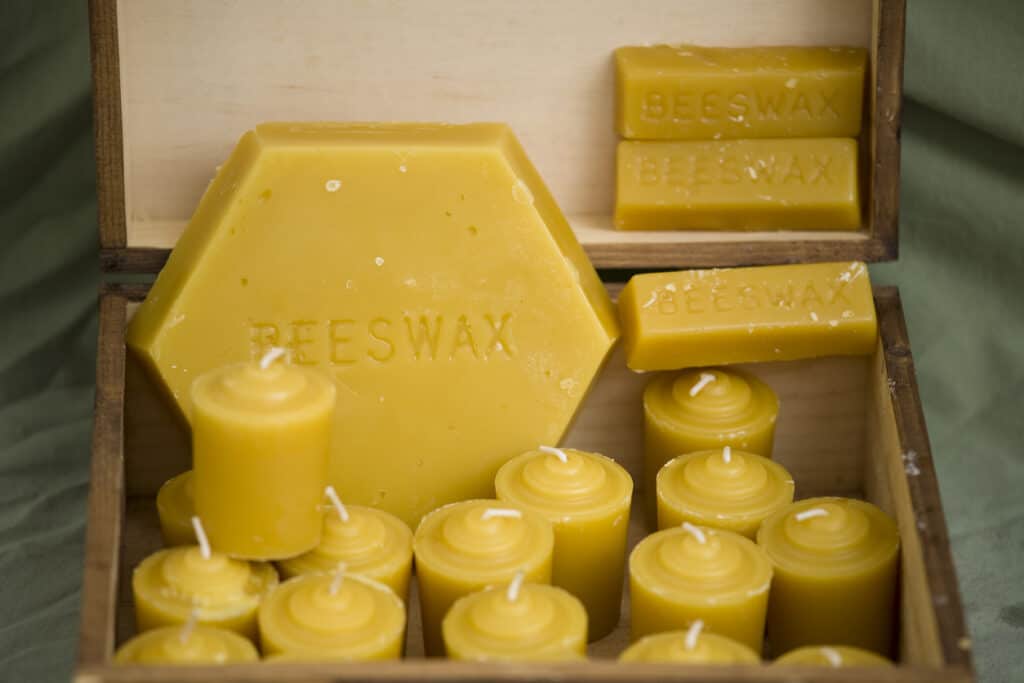
Beeswax is a product that honey bees make as they go about making honey and building their hives. It’s a natural wax produced from special glands in the abdomens of worker bees, which they set aside either in the hive or nearby. This is then collected by hive worker bees and used to construct the beehive, create honey-storing cells, or protect pupa.
As the name suggests, the waxy nature of beeswax has long been used for lubricating and waterproofing benefits for ages – even in prehistoric times; evidence suggests it was common practice to use beeswax as a balm. More recently, it has been used for polish, candle making, and as an ingredient in various beauty products and cosmetics.
Beeswax is also edible and, with it not tasting enjoyable, has minimal nutritional benefit.
How Is Beeswax Made?
In beehives, worker bees are constantly busy with construction and renovation processes. As they work, the waxy substance is secreted from glands on their abdominal segments. Eight of these mirror glands are on the body segments’ inner side. The size of these glands can vary depending on how old the bee is. The older a bee, the less effective these glands are.
Initially, worker bees produce a clear and colorless new wax that only changes color to be more opaque after hive worker bees collect, chew, and use the wax for construction purposes. This includes building the iconic honeycomb.
An interesting fact is that hive temperature needs to be between 91 and 97 °F for worker bees to produce this wax. Beeswax can also vary in color, depending on the pollen and propolis introduced to the wax as the worker bees chew it. The color of the flowers from which honey bees collect pollen can also affect the color of the beeswax.
Beekeepers have noticed that beeswax is a valuable product and don’t just discard it when they extract honey from the hive. The top of the honey-storing cells is usually sealed off with this beeswax, too, so when honey is harvested, the wax is cut off and set aside.
Before using beeswax as it is, it is rendered to get rid of impurities, which include pupa casings, larva skins, cocoons, droppings, and other debris.
What Is Beeswax Used For?
Ancient uses of beeswax included producing and protecting musical instruments and even bows, with beeswax used to keep strings supple. There is even proof that tablets made of beeswax were used as reusable writing surfaces. It was also used to waterproof clothing, shoes, and other items of value.
There are many uses for this unique product, ranging from candle-making, art material binder and stabilizer, and multi-purpose polish to surgical bone wax and for keeping the surface of percussion instruments supple. Beeswax also has a long history of being used to seal legal and royal documents or giving clout to awards or degrees.
Other uses for beeswax include food and pharmaceuticals, with many kinds of cheese coated with it to seal against spoilage. It can also be used to glaze items or make chewing gum. In terms of pharmaceuticals and cosmetics, beeswax is an excellent barrier balm to seal in moisture and protect against damage.
To this end, it’s often used in hand creams, salves, moisturizers, lip balms, eyeliners, and even eye shadow. It adds shine and removes frizz from hair, so it finds its way into hair, mustache, or beard products.
A final but essential use for beeswax is to absorb oil and petroleum-based contaminants in water, which is also often used in oil spill control.
Beeswax Benefits For Health
With so many uses for beeswax, you must be wondering whether it’s got any health benefits. Due to its all-natural make-up, the therapeutic properties of beeswax give it some healing properties, too, and are particularly good for skin. Beeswax is often used to help with bruising, reduce inflammation, and even treat burns when applied to the skin.
It can also be said that beeswax is hypoallergenic, which means it’s good for use on most skin types. Even those who have extremely sensitive skin will find that using beeswax in some way or other doesn’t irritate their skin, and since it softens and protects the skin by its nature, it’s an all-around product that most people can use.
Many people and animals have an allergic reaction to beeswax, so it’s always recommended to test on a small patch of skin first. Any tenderness, itching, rash, or redness means you should rather avoid it – especially if you have shown any allergies to honey and other honey products.
Following this, scientists have also established that there are antibacterial agents in beeswax that help heal wounds. It also appears in many treatments for skin conditions such as eczema, psoriasis, and dermatitis.
The big takeaway about beeswax’s health benefits is its moisturizing, hydrating, soothing, and protective properties on the skin.
Can Dogs Eat Beeswax?
As it is from the hive, beeswax is not digestible – not for humans and not for dogs. That doesn’t mean it’s harmful when eaten, though. Some compounds in beeswax are being studied for their circulatory benefits and the ability to break down bad cholesterol molecules.
For the most part, beeswax isn’t something you would feed your dog. There isn’t any significant nutritional benefit to giving beeswax to your dog to eat. While it can’t necessarily do any harm, it won’t be digested properly and can cause some unpleasant gastric upsets if ingested.
Is Beeswax Safe To Use For Dogs?
Now that we know beeswax doesn’t have much value when consumed, the question remains about whether it is safe to use externally for your dog. And with the information gathered about what benefits beeswax has for humans, we can agree that beeswax is safe for dogs.
These are some of the best ways in which your canine companion can benefit from beeswax:
- Minor injuries: Beeswax has antiseptic and antibacterial properties, and evidence has shown antibacterial properties, too. It is also said to contain vitamin A which helps to promote cell rebuilding. So, it’s great for minor wounds and won’t be problematic if your dog licks at the wound, either – beeswax isn’t harmful when ingested.
- Protection: As an excellent barrier balm, beeswax helps seal moisture and prevent damage from the elements. It can be used to protect your furry friend from pollution in the environment, salted surfaces due to ice or snow, rough terrain, or extreme temperatures. Rubbing beeswax on their paws is excellent protection.
- Moisturize and soften: Beeswax helps to keep moisture in and helps prevent dryness. It is also excellent in treating cracked, or rough skin and will help to hydrate, soften, and keep skin supple. You can apply beeswax to your dog’s nose, ears, paws, and elbows. It is an excellent treatment for chapped paws or a chapped nose.
- Soothing balm: As mentioned, beeswax has healing properties and helps keep the skin clean. Since it also seals, it stops other contaminants from getting in and can reduce irritation. This means it’s ideal for soothing skin irritations, bites, scrapes, or even skin disorders like eczema. And it’s even non-toxic if your dog licks at the area.
- Sunscreen: When combined with the correct products, beeswax can make an excellent base for sunscreen to prevent burning on your dog’s nose (or hairless areas, depending on breed). As it smooths onto skin easily, it’s an ideal foundation that doesn’t easily wash or wipe off.
- Fight bacteria: Experts have found that beeswax prevents the growth of certain fungi and bacteria, so when applied, it will protect and support healing in certain situations. It is particularly effective in treating burns or other wounds.
- Grooming: Vitamin A in beeswax – and its naturally moisturizing makeup – make beeswax ideal for hydrating your dog’s coat. It can help revive a dull coat and strengthen brittle hair. Applying it after a bath also makes for easier brushing.
As with humans, some outliers may have an allergy to bee products; thus, even beeswax and products made using beeswax should be tested on a small area of skin first. Look for redness, itching, or irritation after a few hours and discontinue usage should you find any reason to suspect an allergy.
Allergic reactions to beeswax products are usually mild and not severe, with very few cases reported needing to seek medical intervention. Still, it pays to be safe rather than sorry, so you must test the product on your precious pet first. Professionals suggest you apply the product and wait 24 hours to gauge a reaction before using more.
Conclusion
Beeswax is a multipurpose product that can be utilized in many ways to benefit your pet. It is not poisonous should they consume it, but feeding it to them is not advised as there are no real nutritional benefits. However, using it in a topical application has many advantages, and should your pet lick the area, they will not suffer any adverse side effects.
As a by-product made in beehives, beeswax is all-natural. Still, it has antibacterial and anti-inflammatory properties, which can help minor wounds heal faster, protect against infections, and seal off any wounds.
Significant benefits include moisturizing skin, hydrating chapped noses and paws, and keeping irritated skin soothed. Beeswax is particularly good when used on the pads of their feet to protect against chafing, burning, or salt in snow or ice.
https://en.wikipedia.org/wiki/Beeswax
https://www.webmd.com/diet/what-to-know-beeswax
https://topdogtips.com/best-bee-products-for-dogs/
https://www.healthline.com/health/beeswax-uses
https://www.whole-dog-journal.com/care/bee-products-have-a-special-meaning-for-dogs/
https://thedogvisitor.com/is-beeswax-toxic-to-dogs
https://shelterapet.com/dog-hygiene/beeswax-7-benefits-for-dogs/
